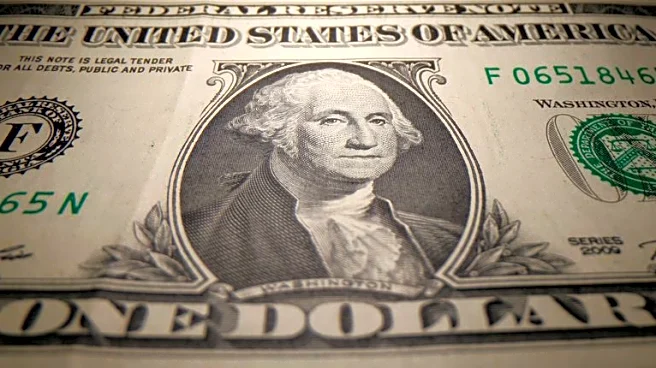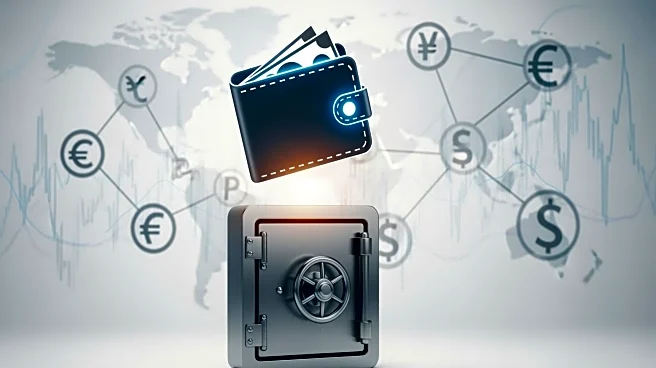What's Happening?
The U.S. Federal Reserve is considering the development of a new type of account, referred to as a 'payment account,' which would allow firms to access Fed payment services without the full range of services and
backstops typically provided to banks. This initiative, currently in the prototype stage, was discussed by Fed Governor Christopher Waller during a payments conference. The proposed accounts aim to provide fintech companies and other non-bank entities with access to the Fed's payment infrastructure, a move that could significantly alter the landscape of financial services. These 'skinny' accounts would be limited in size, would not pay interest, and would not allow overdrafts, nor would they have access to the Fed's discount window for emergency lending. The proposal reflects the Fed's response to the rapidly evolving payments landscape and the increasing diversity of service providers.
Why It's Important?
The introduction of 'payment accounts' by the Federal Reserve could have significant implications for the financial industry, particularly for fintech companies seeking to expand their role in the payments ecosystem. By potentially granting these firms access to the Fed's payment services, the initiative could foster greater competition and innovation in the financial sector. This move could also challenge traditional banks, which have historically been the primary entities with access to such services. The proposal underscores the Fed's recognition of the need to adapt to technological advancements and the changing dynamics of financial service provision. If implemented, this could lead to a more inclusive financial system, benefiting consumers through increased service options and potentially lower costs.
What's Next?
As the 'payment account' concept is still in the prototype phase, further development and discussions are expected. The Federal Reserve will likely engage with stakeholders, including fintech companies, banks, and regulatory bodies, to refine the proposal and address any concerns. The outcome of these discussions could shape the final structure and implementation of the accounts. Additionally, the Fed will need to consider regulatory implications and ensure that the new accounts do not compromise the stability and security of the financial system. The financial industry and policymakers will be closely monitoring these developments, as the introduction of such accounts could set a precedent for future innovations in financial services.












